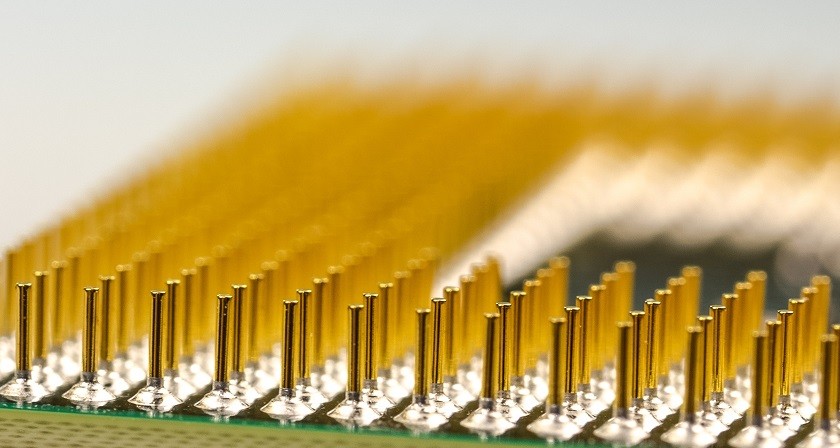5 types of biocompatible lubricants
Looking for biocompatible lubricants for your medical application? There are five different types to choose from and this post will guide you.
Looking for biocompatible lubricants for your medical application? There are five different types to choose from and this post will guide you.
Biocompatible lubricants based on silicone are used to lower the friction between components in medical applications or between a component and skin. Lubricants from Nusil are biologically tested according to ISO 10993 and have FDA masterfiles.
Silicones are effective lubricants thanks to their long, linear polymer chains with high mobility. They are also resistant to oxidation, chemically inert as well as hydrophobic.
When you are trying to lower the friction of your medical component, the type of material, design of the component and the type of movement will contribute to your choice of lubricant.
Biocompatible silicone fluids are available in a number of different viscosites. Higher viscoisty fluids will lubricate for longer than lower viscoisty fluids. You will also find both regular silicone fluids and fluorosilicone fluids as well as mixes of the two to be able to adapt them to different substrates and applications.
Silicone greases are thixotropic (non-flowing) formulations that have little or no migration. This si the reason they are usually chosen when the lubrication needs to last for longer periods of time and on specific locations. They can also seal under vacuum.
A silicone dispersion is a silicone diluted in solvent to achieve a lower viscosity. This helps to get a thinner and more even layer of lubricant applied on the detail compared to un-diluted silicone fluids or greases.

A self-lubricating silicone is a silicone elastomer with built-in lubricant. The moulded silicone part will slowly and continually emit a small amount of lubricant from the silicone detail. This will reduce the tackiness as well as the friction of the silicone elastomer.
Common applications for self-lubricating silicone elastomers are injection moulding or compression moulding of valves, o-rings, seals and plugs.

Curable coatings from Nusil that lower the coefficient of friction are applied to the surface of a silicone detail and cured there to lower the surface friction. This will prevent tackiness and friction of the silicone detail as well as increase the abrasion resistance of moving silicone parts. In tests, the coefficient of friction has been shown to decrease by up to 74 %. The products are solvent-based and can be applied through spraying, dipping or brushing on moulded silicone parts. Efter application, the coating is allowed to cure to a dry coating which ensures that it will not migrate.
Do you want to know more about Nusil’s selection of biocompatible lubricants? Get in touch!

When choosing an adhesive for your application, it is advantageous if you consider the adhesive viscosity to best suit your application and process.
Read more
Medical grade adhesives are commonly biocompatibility tested according to ISO 10993 standard. Choose Epoxy, UV-curing adhesive or silicone.
Read more
Electrically conductive adhesives are used in many different types of industries and applications. Some examples are electronics, solar cell, medical, aerospace, space and automotive applications.
Read more
Silicone rubber is one of the most difficult-to-bond rubbers. We will give you options for adhesives that can help you bond silicone.
Read more
Your silicone is not curing even though you have followed every instruction? Inhibition could be the reason.
Read more